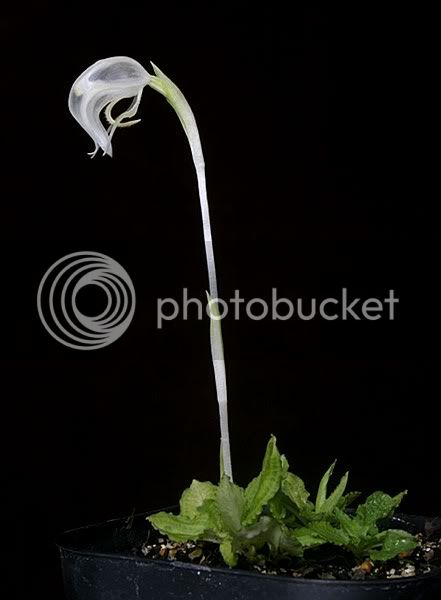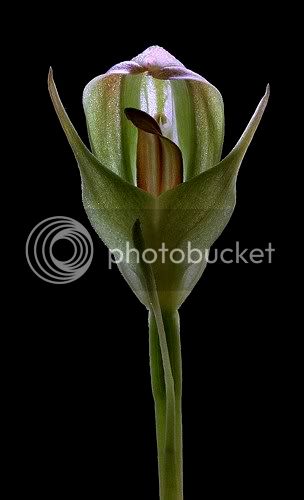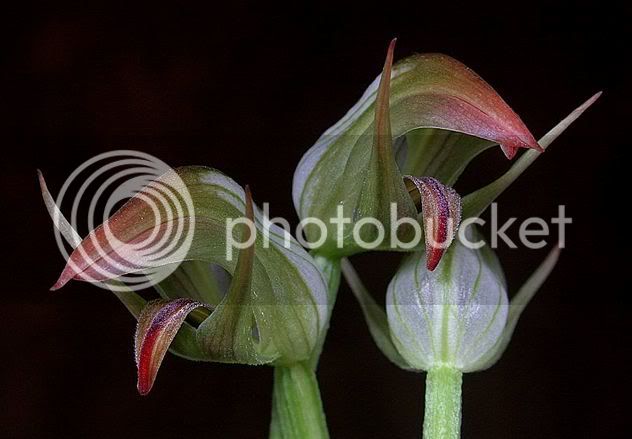KyushuCalanthe
Just call me Tom
- Joined
- Jan 12, 2008
- Messages
- 8,196
- Reaction score
- 493
Here are a couple forms of the common Australian "greenhorn", Pterostylis nutans. This plant is really easy to grow, perhaps being the easiest of all terrestrial orchids I've ever tried (I've tried many, grew a few, and killed many!). Typically they increase 4 or even 6 fold in just one season. They are winter growers, late winter bloomers, and summer dormant.
Pt. nutans - normal form backlit:
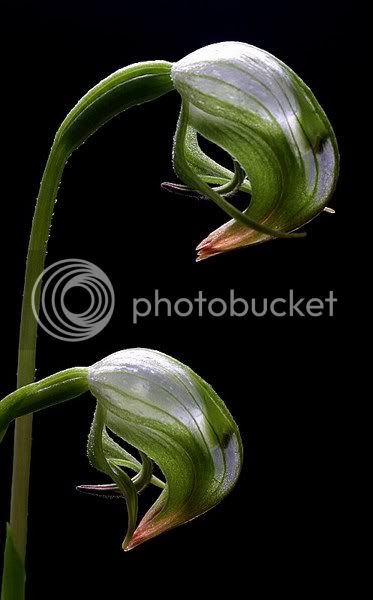
A face-off between the alba and the normal:
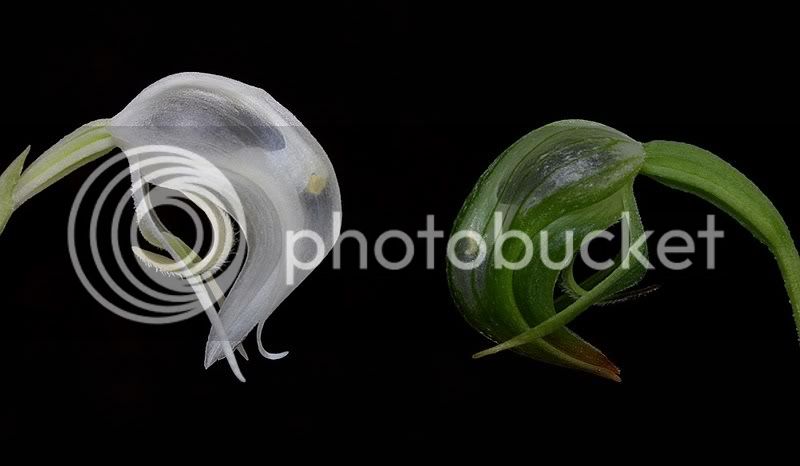
And the alba alone:
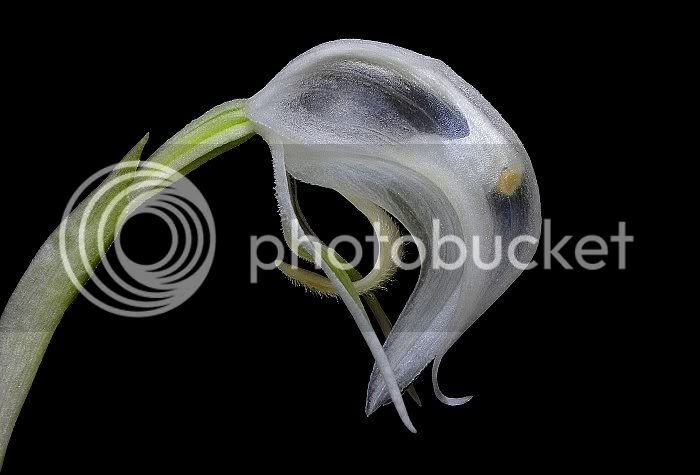
The alba form is rare in cultivation and a bit slower to increase compared to the regular one. Oh, I should mention, these are small flowers, under an inch in size.
Pt. nutans - normal form backlit:

A face-off between the alba and the normal:

And the alba alone:

The alba form is rare in cultivation and a bit slower to increase compared to the regular one. Oh, I should mention, these are small flowers, under an inch in size.




